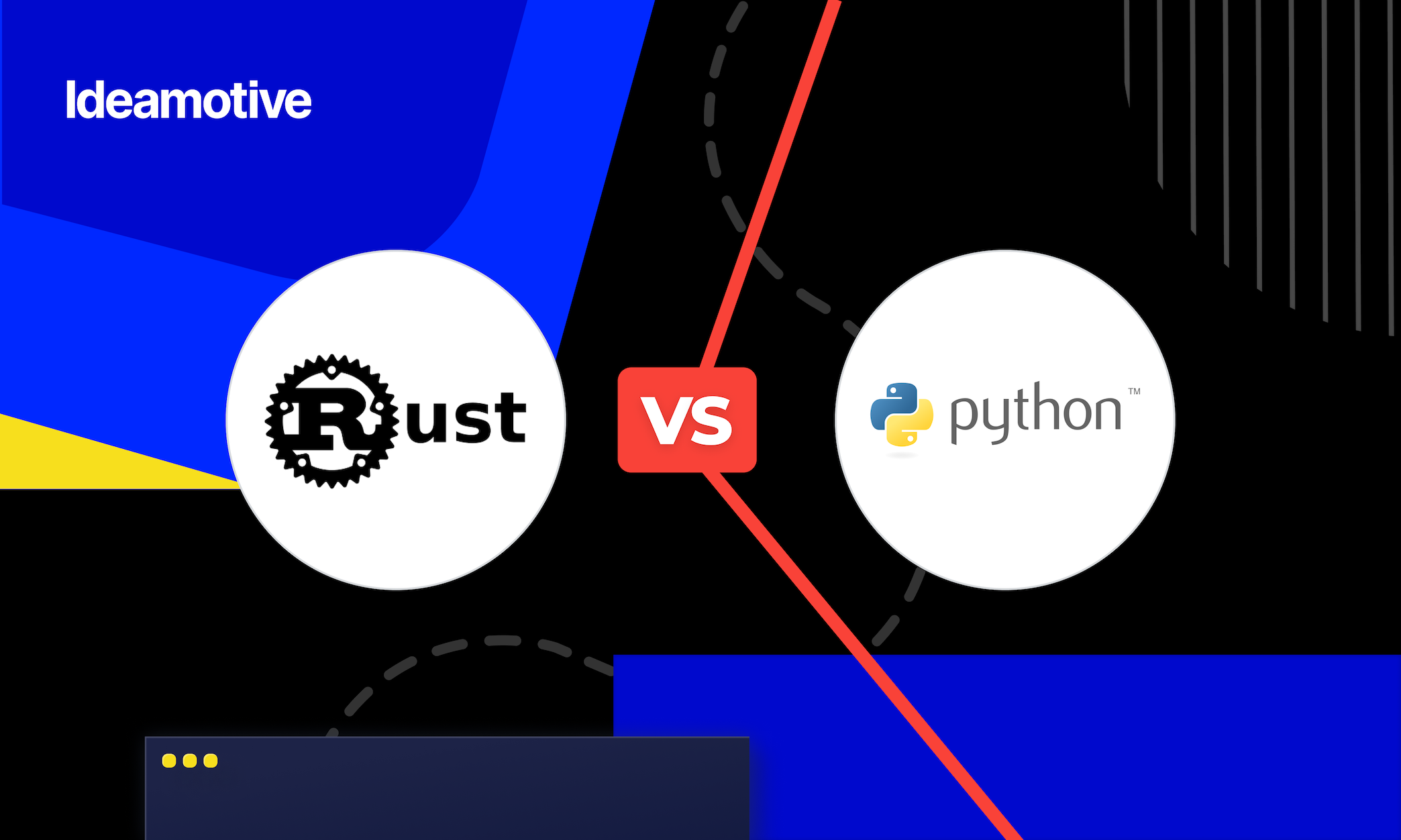According to a forecast from International Data Corporation, the worldwide revenues of Big Data and Business Analytics solutions would reach $260 billion by the end of 2020. This is no wonder, as data analytics helps businesses predict customer needs, personalize their approach to customers, prevent failures and make better business decisions.
Consequently, the popularity of data analytics is constantly growing. If back in 2015 only 17% of companies have been utilizing big data analytics, in 2017 the percentage has grown to 53% and is getting higher each year.
In order to join the top companies that use data and benefit greatly from it, you have to know at least one programming language used for data science.
In this article, we will take a look at one of these most widely-used data science programming languages – Python. Find out whether Python is good for data analysis, how to use Python for data analysis, its pros, and cons, and what alternatives there are for data analytics.
.png?width=1584&name=Python_%20The%20Definitive%20Business%20Guide%20-%20blog%20banner%201584x396%20(1).png)
Is Python Good For Data Analysis?
Python was introduced back in 1990 but it began to gain popularity only a couple of years ago. In 2020, Python became the fourth most used language after JavaScript, HTML/CSS, and SQL, with 44,1% of developers using it.
Python is an interpreted, general-purpose, high-level language with an object-oriented approach. The language is used for API development, Artificial Intelligence, web development, Internet of Things, etc.
The part of why Python has become so popular is because it is widely used among data scientists. It is one of the easiest languages to learn and has impressive libraries and works perfectly for every stage of data science.
So the short answer to the question of whether Python is good for data analysis is yes. We will discuss its pros and cons later in the article so stick around to find a more detailed explanation to the question.
How is Python Used For Data Analysis?
As we have mentioned, Python works well on every stage of data analysis. It is the Python libraries that were designed for data science that are so helpful. Data mining, data processing, and modeling along with data visualization are the 3 most popular ways of how Python is being used for data analysis.
Data Mining
A data engineer uses libraries such as Scrapy and BeautifulSoup for data mining Python-based approach. With the help of Scrapy, one can build special programs that can collect structured data from the web. It is also widely used for collecting data from APIs.
BeautifulSoup is used when one can not retrieve data from APIs: it scrapes data and arranges in the preferable format.
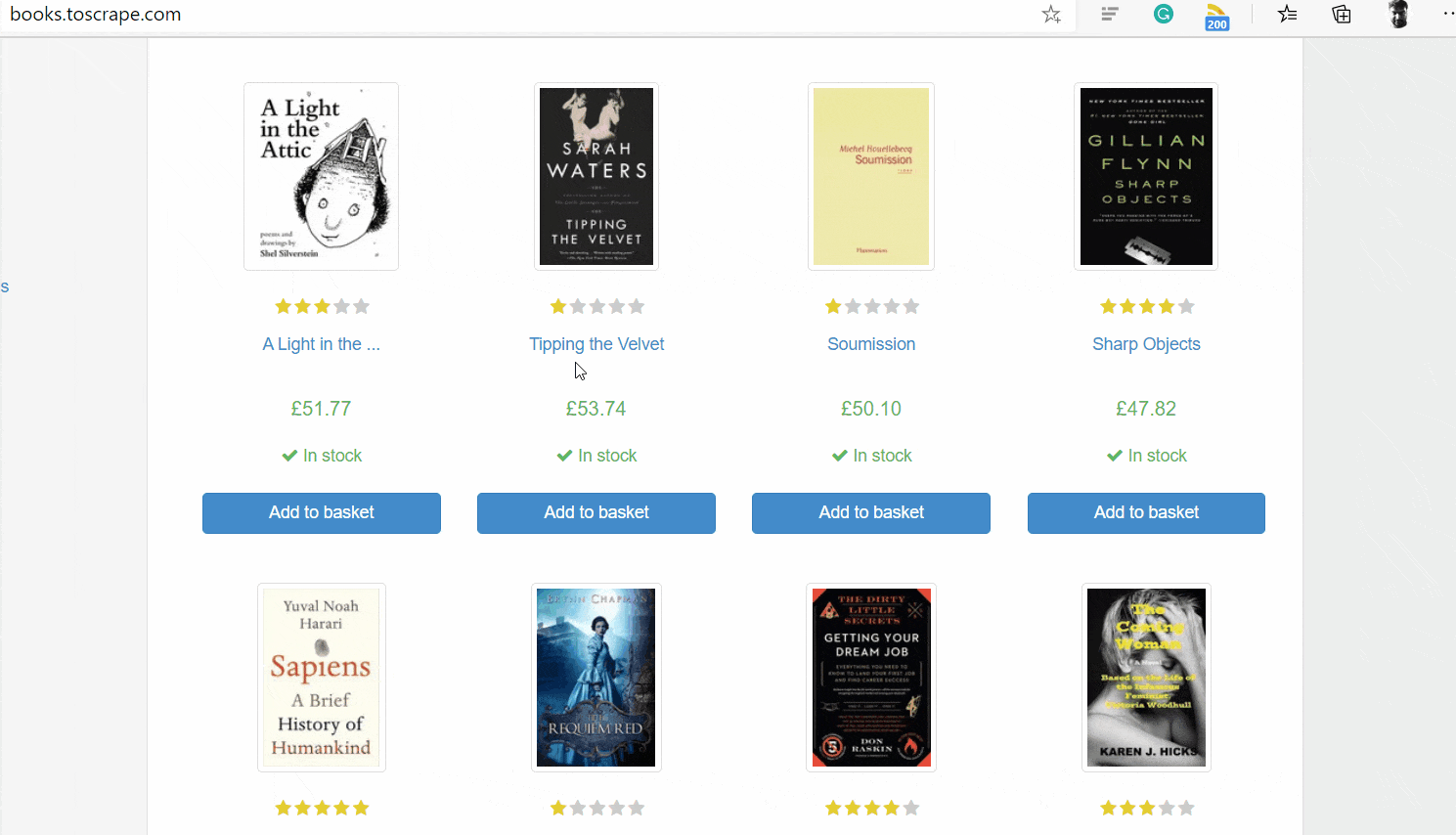
BeautifulSoup in action, scraping data from the Web
Source: Stackabuse.com
Data Processing And Modelling
Two main libraries are used at this stage: NumPy and Pandas. NumPy (Numerical Python) is used for arranging big data sets and makes math operations and their vectorization on arrays easier. Pandas offers two data structures: series (a list of items) and data frames (a table with multiple columns). This library converts data to the data frame allowing you to delete or add new columns to it and perform various operations.
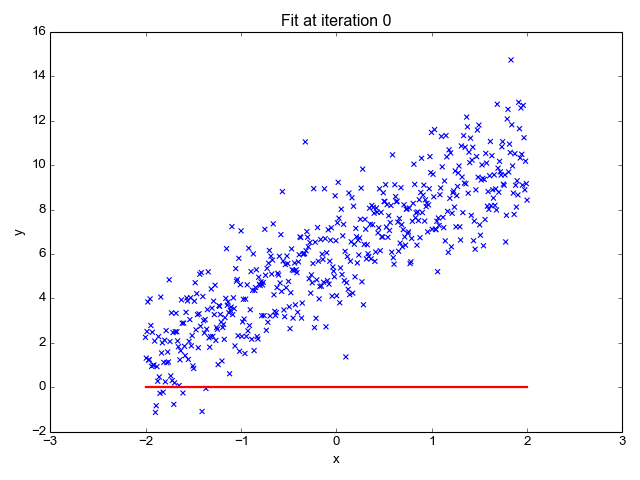
A linear regression modelling in NumPy
Data Visualization
Matplotlib and Seaborn are widely used for Python data visualization. It means that they help to convert long lists of numbers into easy-to-understand graphics, histograms, pie charts, heatmaps, etc.
Of course, there are way more libraries than we have mentioned. Python offers numerous tools for data analysis projects and can assist during any task within the process.
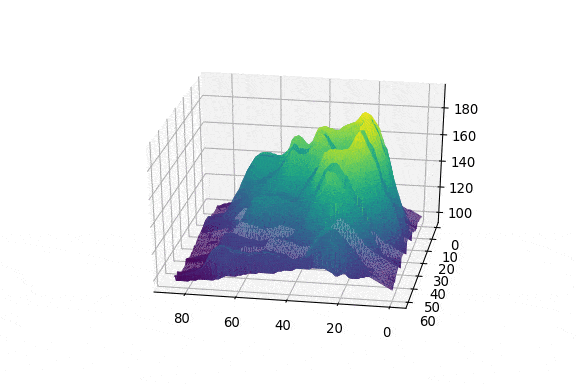
Matplotlib is just one of many Python libraries supporting data visualisation
Source: Towardsdatascience.com
Python For Data Analysis: Pros And Cons
It is nearly impossible to find a perfect language for data analysis since every language has its pros and cons. One language is better for visualization while another operates big data sets faster. The choice also depends on the preference of the developer. Let’s take a closer look at the advantages and disadvantages of Python for data science.
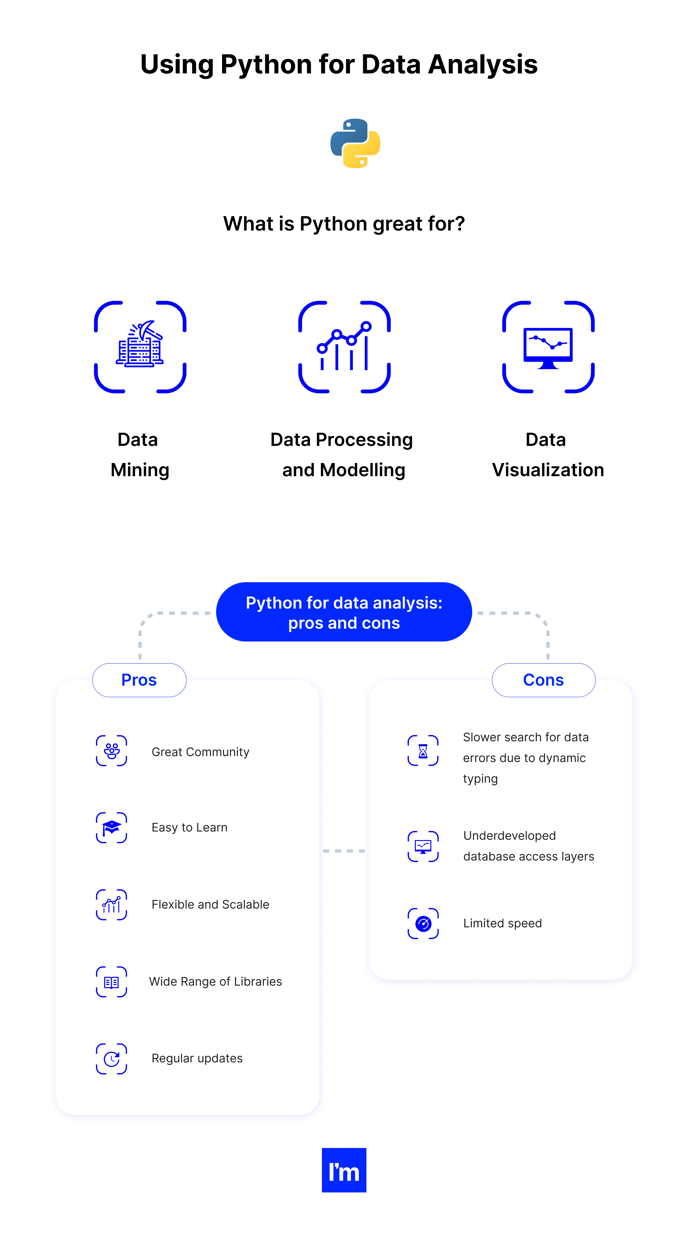
Pros of Using Python For Data Analysis
Great Community
Programming was never easy and even developers with years of experience may struggle sometimes. Luckily, every language has its loyal community that can help developers to find solutions. Python has been around for a while now and brings many Python developers together due to its usage in various IT fields. It offers more than 90,000 repositories on GitHub. Consequently, if a developer ever gets stuck, they are more likely to find solutions quickly and effortlessly with the help of the community.
Easy to Learn
Python is one of the easiest languages to learn, due to its clear syntax and readability. It requires fewer lines of code too! Therefore, one can quickly learn a language and hop on the data analysis projects. The additional advantage of clear syntax and easy readability is the speed of development itself: a developer does not have to think too much while writing and it is easier to debug the code.
Flexible and Scalable
Python can be used in numerous fields and projects, works faster due to the hyper flexibility, and can be used with any rapid application development tool.
Wide Range of Libraries
As you have seen before, there are several libraries for each stage of data analysis. Moreover, these libraries are free to use which can lower the data analysis budget. Due to the strong support of Python, they are evolving and constantly adding features needed for comfortable work with data.
Cons of Using Python For Data Analysis
Dynamic Typing
Python is a general-purpose language and was not designed for data analysis only: it is also used for program, software, or web development. Development is easier with dynamic typing which is great for numerous purposes of Python. However, it is a disadvantage for data analysis since it slows the search for data errors connected to assigning different data to the same variable.
Alternatives Of Python For Data Analysis
Even though Python is one of the main languages for data analysis, there are other options out there. Each language has a strong emphasis on the particular task (mining, visualization, or working with big data sets), and some languages were developed for data analysis and statistical computing only which means bringing together the best features needed for the process.
R
R is the second most popular language for data analysis and is often compared with Python. It was developed for statistical computing and graphics which is perfect for data analysis. R offers great tools for data visualization, is compatible with any statistical application, it is possible to use R offline, and developers have access to a rich software package for data manipulation and charting.
SQL
SQL is widely used for data querying and editing. It is also a great and well-tried tool for data storage and retrieving. Overall, the language works perfectly with big databases and retrieves information from the web faster than other languages.
Julia
Julia was developed for data science and scientific computing. It is a relatively new language but it is gaining popularity among data scientists rapidly. The main purpose of the language is to overcome the disadvantages that Python has shown in data analysis and become the first choice of data engineers. Julia is compiled which results in faster performance, has a similar syntax to Python but a more math-friendly one, and can utilize Python, C, and Forton libraries. The language is also famous for its parallel computing which is faster and more sophisticated than in Python.
Scala
Scala and its framework Spark are often used for projects with big-volume databases and are beloved by BigData engineers. You do not have to download the whole data set but work with it in chunks. Scala runs on JVM and can be easily embedded in the enterprise code. It has many tools for data transformation and is faster than Python and R with explicit loops.
These 4 languages are the most popular among data scientists and analysts. However, it’s worth noting that they may also use MATLAB for statistical analysis, TensorFlow for Big Data, graphs, and parallel computing, or JavaScript for better visualization.
Conclusion
Data has become a vital part of any business that wants to have a competitive edge on the market and make informed decisions.
There are many languages used for data analysis: R, SQL, Julia, and Scala are top choices for this purpose. Every language does some tasks in the data development process better than the other. Overall, there is no perfect language but a more fitting one for your project.
Yet, Python remains the most popular language for data analysis. It has numerous libraries that support data analysts on every step of their work, has a great community that can help in case things do not run smoothly, and it is among the easiest languages to learn.
If you want to create a data-driven business and are looking for a Python developer who can help you with that, do not hesitate to contact us! Ideamotive developers have extensive experience with Python and can provide expert services in any development task you have.

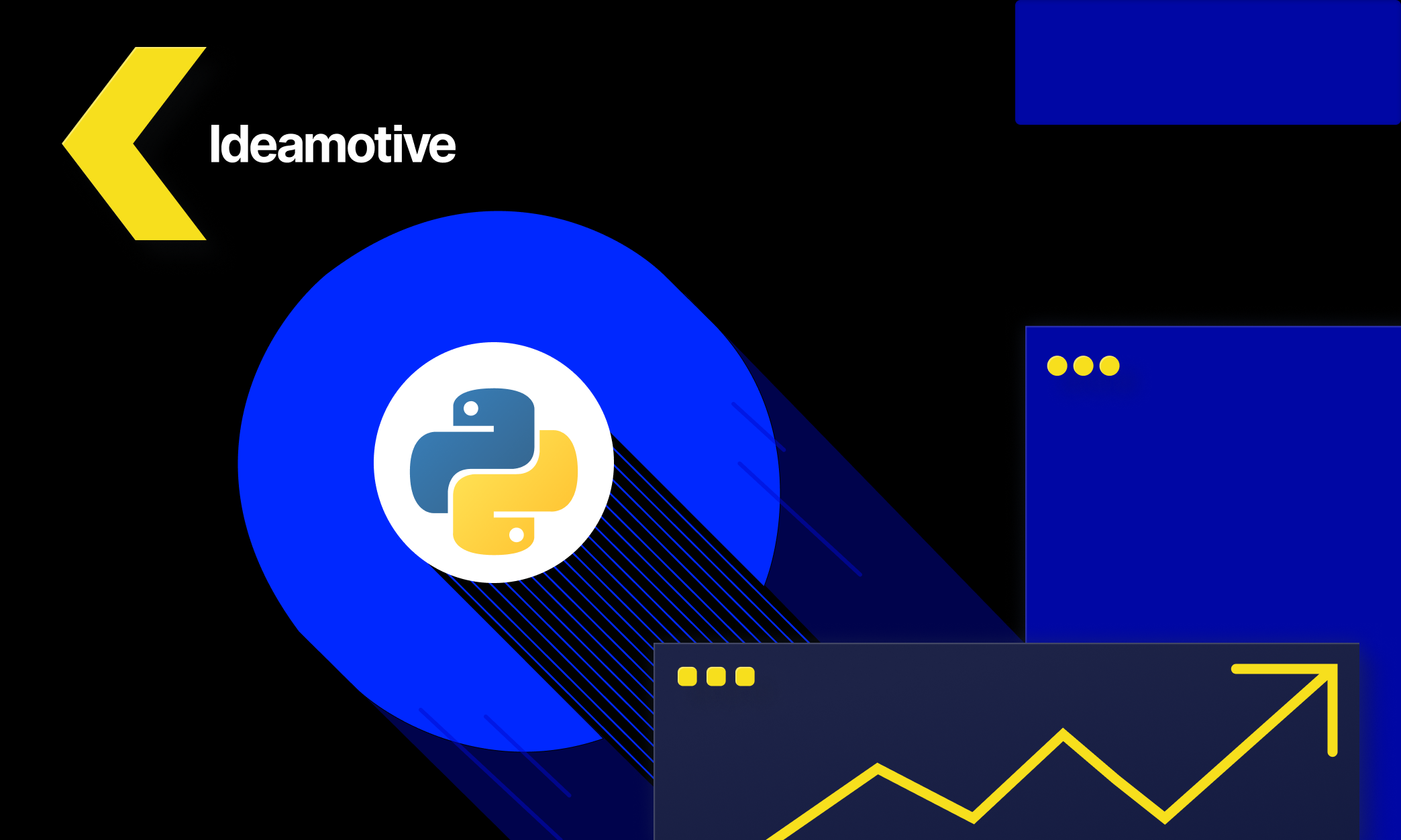


.png?width=1584&name=Python_%20The%20Definitive%20Business%20Guide%20-%20blog%20banner%201584x396%20(1).png)





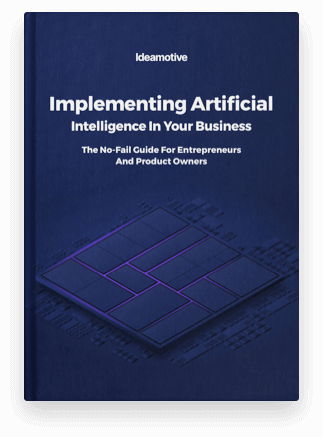

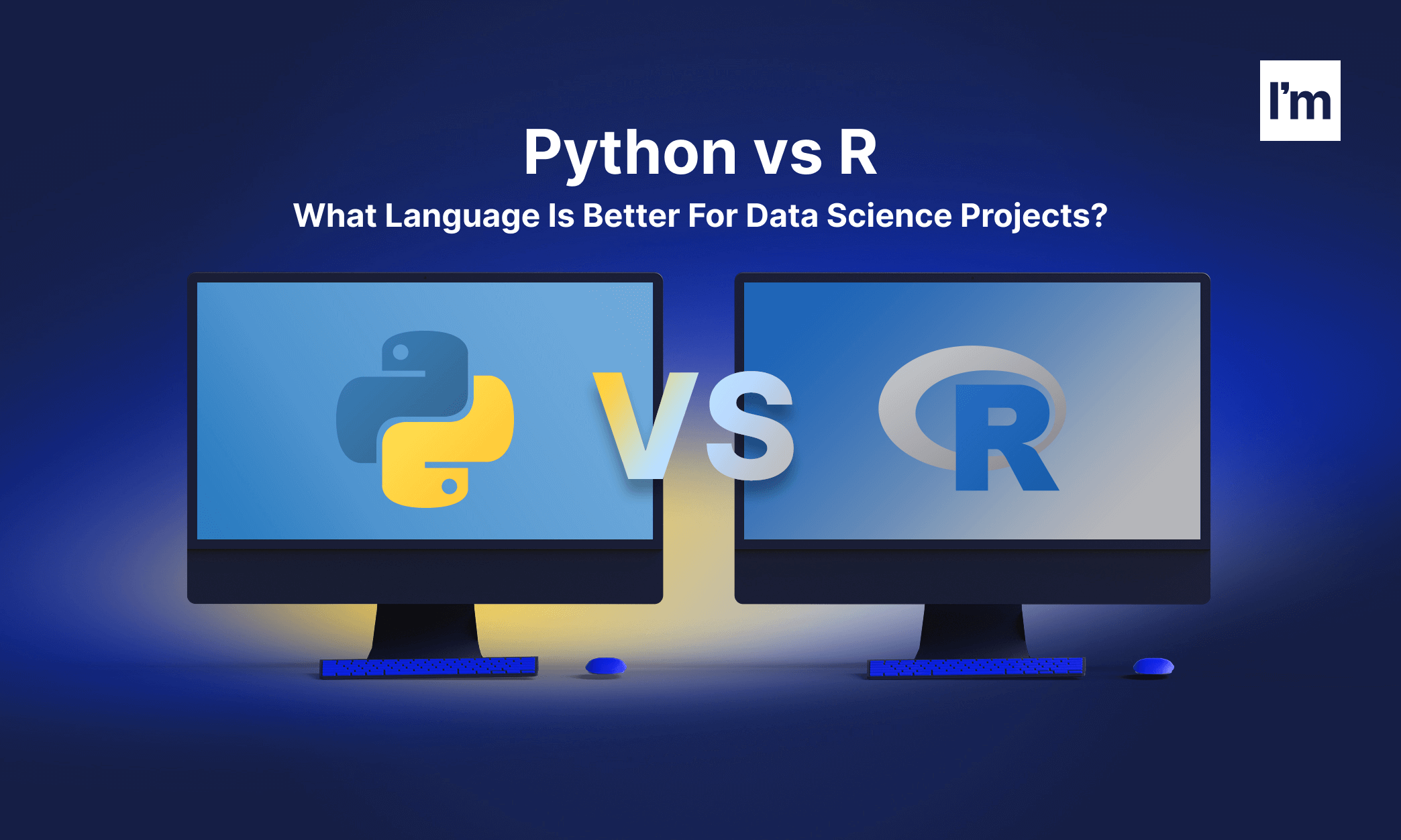
-1.png)
